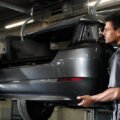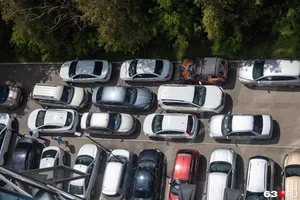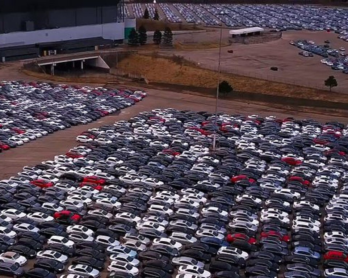What are the signs that my towbar needs to be replaced?

How Do I Know When to Replace My Towbar?
A towbar is a vital part of your car, and you should replace it immediately if there are any signs that it has been damaged. If you see cracks or other signs of damage on the towbar, such as rust or corrosion, get in touch with Towbars Dandenong experts for an inspection.
The towbar is an essential part of any vehicle’s towing capacity. It’s not just a piece of metal that connects the car to the trailer, and it’s also a necessary component for safe and reliable operation. If you’re wondering when you should replace your towbar, keep reading.
If the bar begins to sag or bend
If your tow bar begins to sag or bend, it can become a safety hazard. When you are trying to tow an object, the tow bar must be straight and not bent or sagging. A bent bar will break when you try to use it and could cause injury and property damage. Similarly, if your tow bar is sagging, it will be very difficult to drive safely because it is in contact with the ground or another object, such as a curb or street sign.
When the bar starts making strange noises
If the towbar makes any unusual sounds, it may be damaged and need to be replaced. If the bolts are loose or not tight enough, the bar can get damaged as well. You should have your Towbars Dandenong expert on side to get checked when you hear any strange noises coming from it. These noises might include a rattling sound, creaking noise or even a squealing noise that is so loud that it can be heard inside the car while driving.
If your towbar is old or damaged, it’s time for a replacement.
If your towbar is old or damaged, it’s time for a replacement. All towbars have a finite lifespan and should be replaced when they become too worn out or damaged to continue using safely. For example, if your hitch has been bent or kinked in an accident, it should be replaced immediately.
If your towbar has been cracked due to weather conditions like corrosion or rusting out caused by salt water exposure—or even from physical damage from another vehicle pulling on it—you’ll also want to replace it immediately. Even if your towbar isn’t visibly damaged yet, the risks of using one that’s older than about ten years include:
- The possibility of getting into an accident with another vehicle while attached to them through their towbar (which could result in both vehicles being totalled).
- Increased risk of being hit by another driver while driving with a protruding hitch (which could cause serious injuries).
You should also replace your towbar if it doesn’t meet current safety standards.
If you’re not sure if your towbar is still up to snuff, take a look at the specifications. The maximum weight of your towbar should be stamped on it somewhere. This number represents the maximum load that can be safely carried by the attachment point (where you connect your car or truck to another vehicle).
The same goes for tongue weight ratings, which show how much force is exerted on one end of a trailer when it’s hooked up to your vehicle. If this weight exceeds what’s stated in the specifications (usually around 25 per cent of total trailer weight), then you’ll need to adjust your load until it fits within these parameters.
Tongue weight ratings are especially important for light vehicles like SUVs and vans because those types of vehicles typically have lower gross vehicle weights than other cars—meaning they can’t handle as much cargo or passengers before putting undue stress on their chassis and suspension system.
In addition to these numbers being stamped onto all towbars, most states require them to meet certain standards regarding strength and durability before being sold in stores or used on public roads (if only briefly).
Conclusion
We hope this article has helped you determine when you should replace your towbar. The best advice we can give is to keep an eye on your bar and make sure it’s in good condition.






